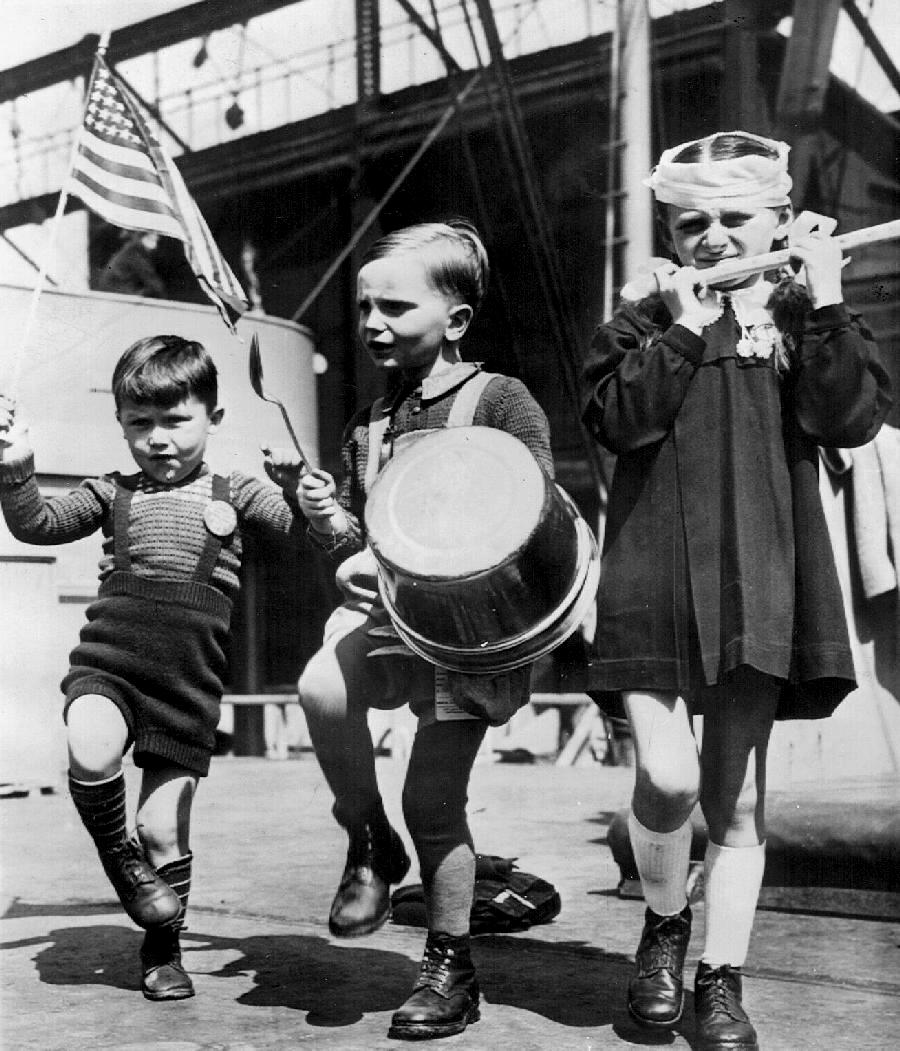
Figure 1.--Here vwe see Eyropean DP children arriving in New York to tbe sent on to their new parents. We are not sure what organizatioms were involved. The press caption read, "DP's aboard Navy transport 'Gen. Steart' give their own version of the 'pirit of '76' upon their arrival in New York May 9. Pietr Chvastok (L), 4, Polish, is headed for Chicago, Ill.; Joseph Rosa, 4, German, to Cleveland, O.; and Halyra Soewngk, 6, from Ukraine will remain in New York City." No doubt the sailor on the ship kitted them up. The photograph was dated May 2, 1951. We do not know their stories. The children probably did not come from Poland and Ukraine, but had parents brought to the reich as skave workrd abd born in DP camps after the War. |

